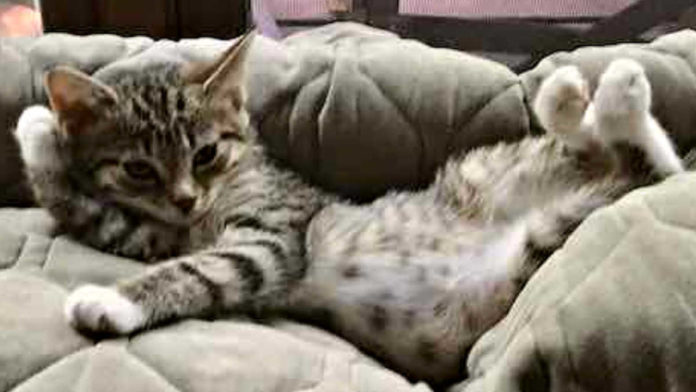
Here’s a thought for anyone interested in the employee experience: Kittens are cute and cute boosts productivity.
Researchers at the University of Tulsa are delving into whether surfing kitty and puppy pictures on the web can boost an employee’s performance, according to The Wall Street Journal. Led by Prof. Jennifer Ragsdale, an industrial-organizational psychologist, the team recently began a multi-year study to determine if gazing on small mammals reduces stress.
“Cyberslacking and cyberloafing are seen as deviant work behavior, whereas I’m trying to figure out if it has some beneficial work effect,” Ragsdale told the Journal.
Product idea for anyone interested in the employee experience: Kittens are cute and cute boosts productivity. How do we know? Science. @WSJ #HRTech #HR #HRTribe Share on XThe professor plans to follow 150 test subjects as they navigate stressful tasks such as editing while receiving nasty comments about a colleague. During breaks, one third of the subjects will meditate, another third will do puzzles while the final third watches “a slideshow of adorableness.”
Ragsdale and her colleagues developed a scoring system to measure which of those activities does the most to reduces stress while boosting performance.
The Journal said the study was inspired by research conducted at the University of Virginia. In 2009, test subjects viewed images “of really cute puppies and kittens, or reasonably cute dogs and cats.” By studying the subjects’ performance playing the game Operation, the UVA researchers found baby animals inspired improved dexterity. A 2012 study in Japan generated similar results.
Listen to a podcast of this story.
Focused squarely on addressing workplace stress, Ragsdale first had to identify what’s “cute.” Survey-takers flipped through images of dogs and cats, interspersed with “neutral” images such as boots or mushrooms, then rated each one on a scale from “angry” to “relaxed.” A praying kitten received the highest baby-animal rating. The cutest neutral image (a young girl) scored below the least-cute rabbit.
Although the study begins in earnest later this year, it’s already yielded some anecdotal information, the Journal said. “Haggling” over what’s cute and what’s not left some researchers stressed.
“It was relaxing in the sense we got to look at the pictures, but it was stressful when people disagreed,” said one doctoral student. “I don’t think it evoked the relaxing experience we’re hoping to evoke in the study.”
Sign up for our newsletter here.
Image: HCMT













